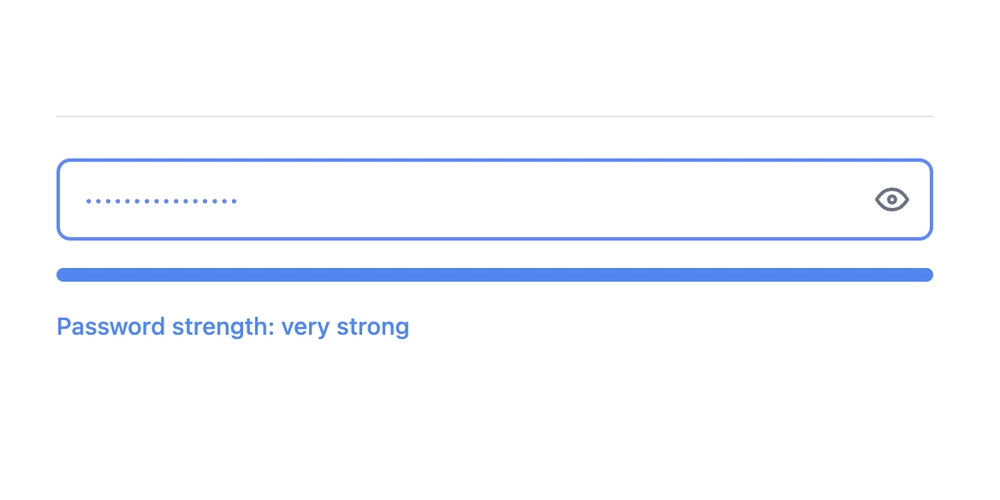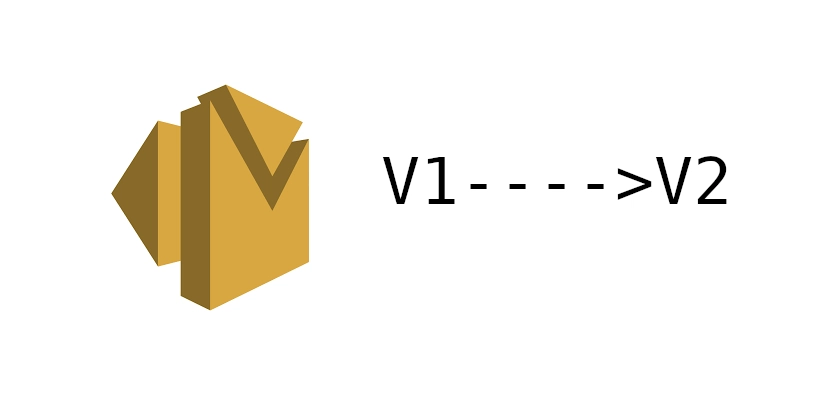
Coding Concepts Demystified: Simple Solutions for Everyday Development
Feeling overwhelmed by complex-sounding coding terms? You're not alone! Many developers face that intimidation factor when starting out—but the truth is, a lot of these "advanced" concepts are surprisingly straightforward. Let's break down five common examples, revealing their core simplicity and boosting your confidence!
1. Debouncing and Throttling: Master Timing with Ease
- The Myth: Involves complex math and wizard-level timing skills.
- The Reality: Simple techniques for controlling function execution.
- Debouncing: Delays execution until after a period of inactivity (e.g., wait until a user stops typing before triggering a search).
- Throttling: Limits the rate at which a function can execute (e.g., only allow an API call every 500ms).
Real-World Example: Instead of firing off an API request with every keystroke in a search bar, debounce the input field to wait for a pause in typing—improving performance and user experience. Debouncing and throttling are simple ways to optimize your code and reduce unnecessary operations.
2. React's useMemo and useCallback: Supercharge Performance with Simple Memory
- The Myth: Requires deep understanding of advanced React internals.
- The Reality: Just simple tools for optimizing performance by memorizing values and functions.
- useMemo: Caches the result of a calculation, preventing unnecessary re-computations.
- useCallback: Caches the function itself, preventing unnecessary re-renders of child components.
Real-World Example: Imagine a complex calculation within a component that only depends on certain props. Use useMemo to store the result of that calculation and only re-run it when those specific props change. Similarly, useCallback is useful when passing a function as a prop to a child component, so the child component doesn't re-render unnecessarily. Utilizing useMemo and useCallback are simple ways to eliminate unnecessary overhead.
3. Docker Explained: Packaging Made Easy
- The Myth: Demands expertise in DevOps and containerization.
- The Reality: A way to package your application with all its dependencies, ensuring consistent execution across different environments.
Think of it this way: Docker lets you bundle your app – along with everything it needs like Node.js or Python – into a self-contained unit. No more "it works on my machine" issues! Getting started is as easy as creating a simple Dockerfile! This ensures smooth deployments and eliminates environment-related headaches. With Docker, you avoid dependency conflicts and ensure consistent performance across all platforms..
4. CI/CD Pipelines: Automating the Boring Parts of Deployment
- The Myth: An intricate factory assembly line for software.
- The Reality: Automating the repetitive tasks involved in software development, such as testing, building, and deploying.
Simplified Workflow: A CI/CD pipeline automates the steps you already take manually: running tests, building your project, and deploying it to a server. Let the machine handle the repetitive tasks. Free up your time and ensure consistent, error-free deployments by automating these processes.
5. Environment Variables: Secure Configuration Management
- The Myth: Require arcane knowledge of system administration.
- The Reality: Simple key-value pairs that store configuration settings separately from your code.
Practical Usage: Environment variables keep sensitive information (like API keys and database passwords) out of your codebase. Store them in a .env file (or set them in your server environment) and access them in your code as needed. This isolates sensitive information and prevents accidental exposure.
API_URL=https://api.example.com
SECRET_KEY=mysecret123
Conquer Your Coding Fears
Remember, fancy terms often mask simple concepts. Don't be intimidated by jargon. Break down complex ideas, experiment, and you'll often discover that they're simpler than you initially thought. The more you learn about coding, the more demystified these concepts will become.
Share Your "Aha!" Moment!
What coding concept did you once find intimidating but now realize is surprisingly simple? Share your experiences in the comments below and let's learn together!
















